[ANSWERED] What is Electronic Remittance Advice?
In this blog post, I’m going to explain what Electronic Remittance Advice (ERA) is and why it’s helpful.

Picture this.
Although this scenario affects every healthcare organization, let’s say you’re a therapist who just recently opened. You’ve read countless blogs about mental health billing, established a process that’s right for you and submitted your first claim.
Before moving forward in this scenario, I need to mention that there aren’t really any significant differences in the mental health billing process as opposed to all of healthcare.
Anyway, you went through your new process and submitted your first claim! Exciting stuff. Now all you have to do is wait to see if the payer likes you personally and accepts what you submitted.
I’m being facetious, of course. Insurance payers all have a long list of requirements for their claim submission process. As long as you stick to those requirements, you should be good to go, right?
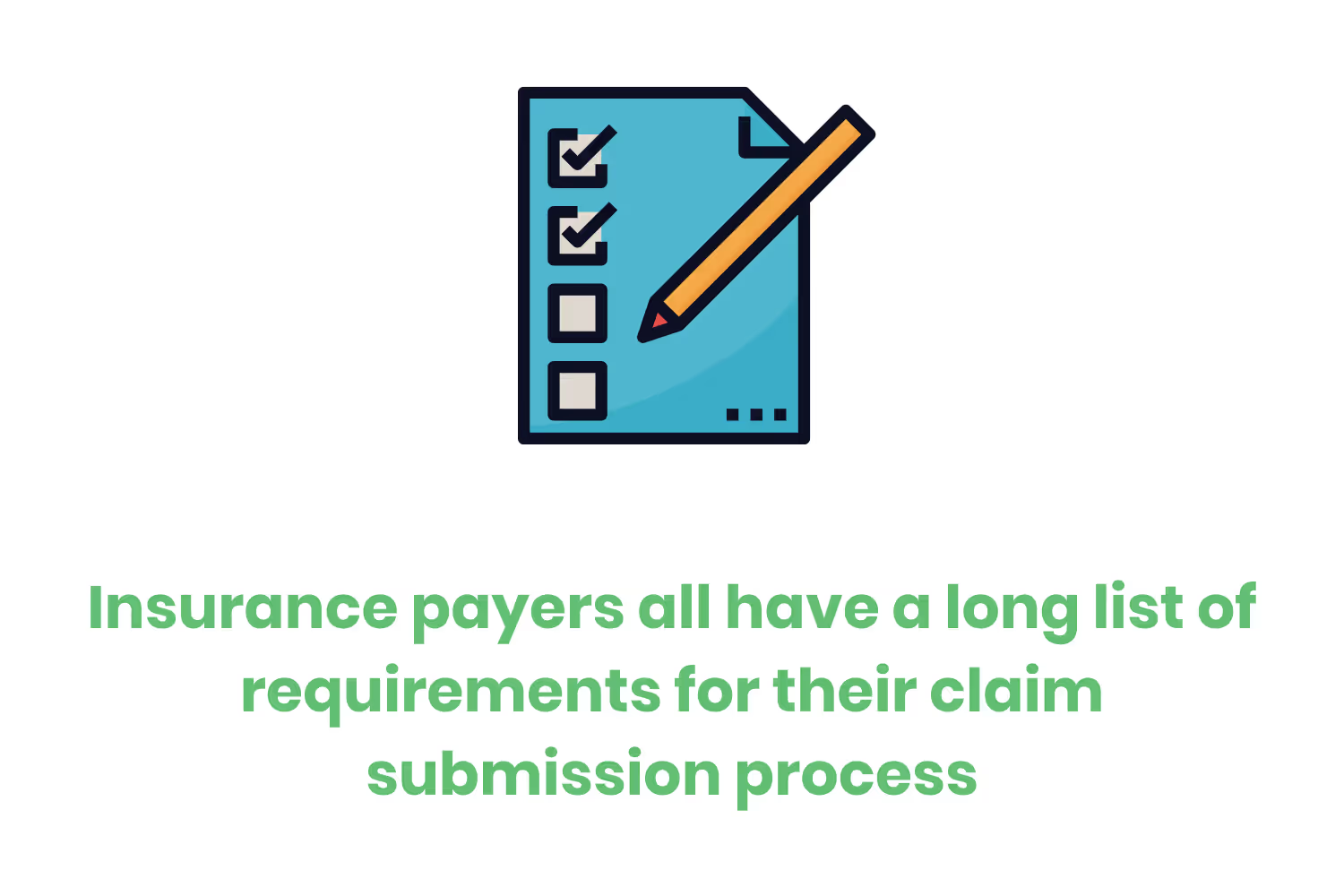
A couple of days go by, however, and you don’t hear back from the payer. You also haven’t noticed any activity in your organization’s bank account either. You’re thinking to yourself, “What on Earth happened to my claim?”
Since the insurance payer hasn’t provided you with any update, you call them. After transferring through departments and waiting on hold for an hour or two, the representative on the line tells you that they denied the claim you submitted.
Naturally, your immediate response to the representative is, “Why wasn’t it accepted?”
They respond to your question with a canned script and mention that you should’ve received an “ERA” from them containing the reason for the denial. The conversation ends and you hand up the phone.
The rest of the day you’re wondering to yourself, “What the heck is an ‘ERA’?”
Luckily, you decided to do some googling and stumbled upon this page. In this blog post, I’m going to explain what Electronic Remittance Advice (ERA) is and why it’s helpful.
Defining Electronic Remittance Advice (ERA)
Electronic Remittance Advice is a data file that you receive from an insurance payer that provides you with payment information about a claim you submitted to it.
You receive ERA’s through a direct electronic connection with an insurance payer, your practice management (PM) system and/or your clearinghouse.
ERA files come through as ANSI 835 and follow the ASC X12 835 format.
The Health Insurance Portability and Accountability Act (HIPAA) required that the Department of Health and Human Services (HHS) establish a more effective process for electronic transactions.
Thus, the ASC X12835 is the HIPAA-compliant, federally mandated formatted for ERAs.
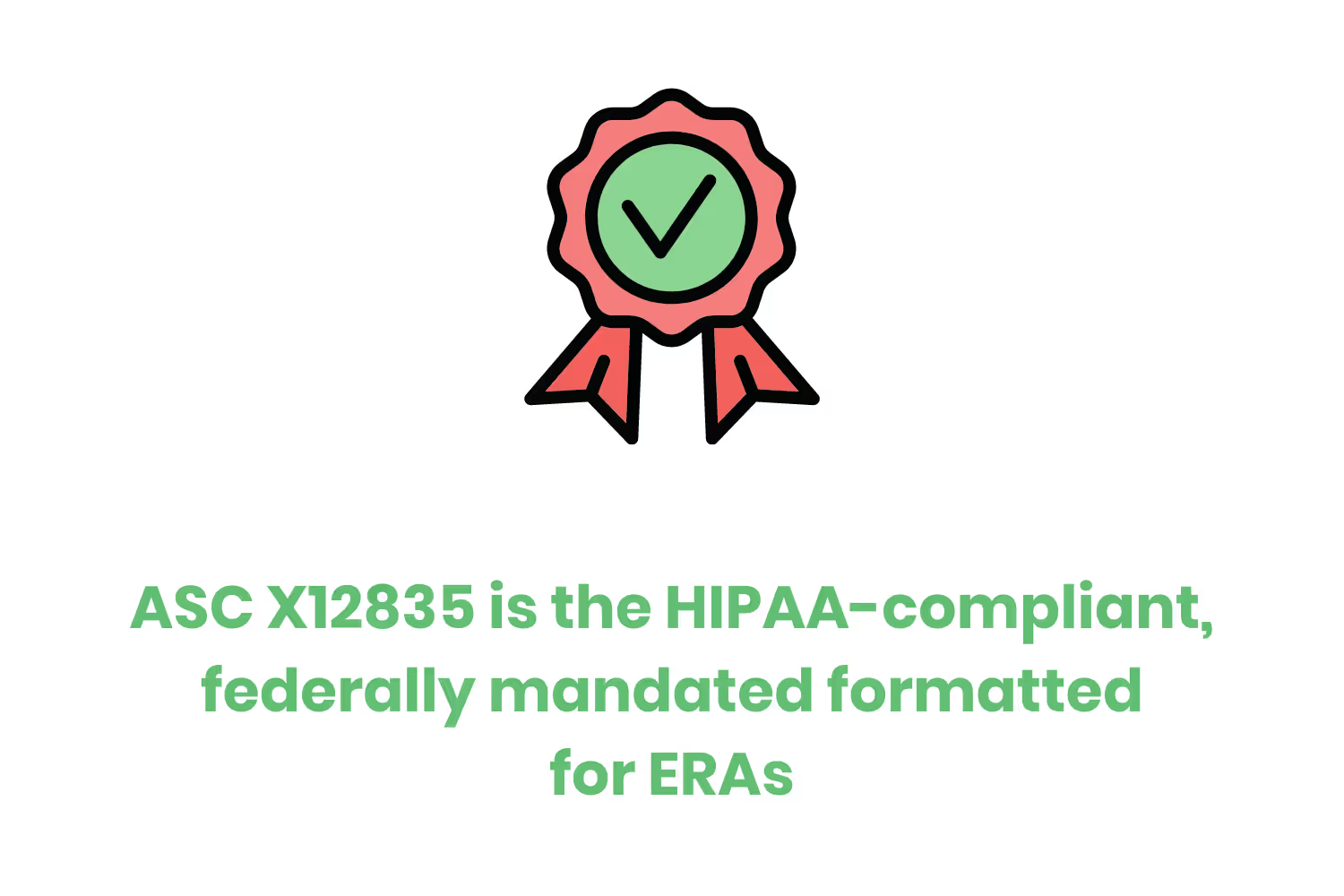
Benefit 1: Improve Efficiency
By far, the biggest benefit that ERA’s bring to the table is that they increase the efficiency of healthcare organizations across the board.
Prior to ERAs, collecting payments from claim reimbursements was a nightmare. If you’re a seasoned healthcare biller, you probably chuckled at that last statement given the hardships you still go through on a daily basis.
Anyway, the old reimbursement process was one that was entirely driven by paper. That means collecting paper checks, running to the bank to deposit them and keeping track of every transaction for accounting purposes.
It also meant filling out a CMS 1500 claim form after every patient visit and rushing to the post office to mail it in the name of decreasing your day’s sales outstanding (DSO).
During all of this, I want to mention that we all worried far too much about the cost of stamps.

Thanks to ERAs, the old process that I just described is essentially obsolete.
Now, you receive ERAs automatically and they’re already processed as well. Those two simple changes the entire workflow for the better.
You no longer have to manually go through processing and have one of your employees physically drive to drop-off and pick-up locations. All that’s required now is logging in to your clearinghouse.
From a compliance standpoint, your legal team was likely thrilled once they heard the news about the push toward ERAs. Of course, the main reason for their excitement was the fact that it was a move toward the HIPAA-compliant electronic format. But they were probably also pumped about becoming a more paperless organization.
It’s not unlikely for healthcare organizations to establish and enforce a clean desk policy. Thus, moving towards ERAs naturally declutters employee workstations across the board.
Benefit 2: Auto-Post into Software
It’s important to note that ERAs came before the automation side of the healthcare billing industry.
What I mean by that is their history of ERAs didn’t go from existing to seamless integration in the name of cutting down on manual tasks.
You see, the powers that be in the healthcare world didn’t just snap their fingers one day and practices, hospitals and facilities had an innovative clearinghouse partner. It took some time before the industry-wide shift toward clearinghouses that include auto-posting as a functionality.
Prior to that shift, ERAs required the manual entry of data. Unfortunately, that also opened up the door to errors. Although healthcare workforces didn’t have to flock to their local post office to send mail and collect paper claims to payers, they now had a lot of manual tasks to complete in front of a computer monitor.
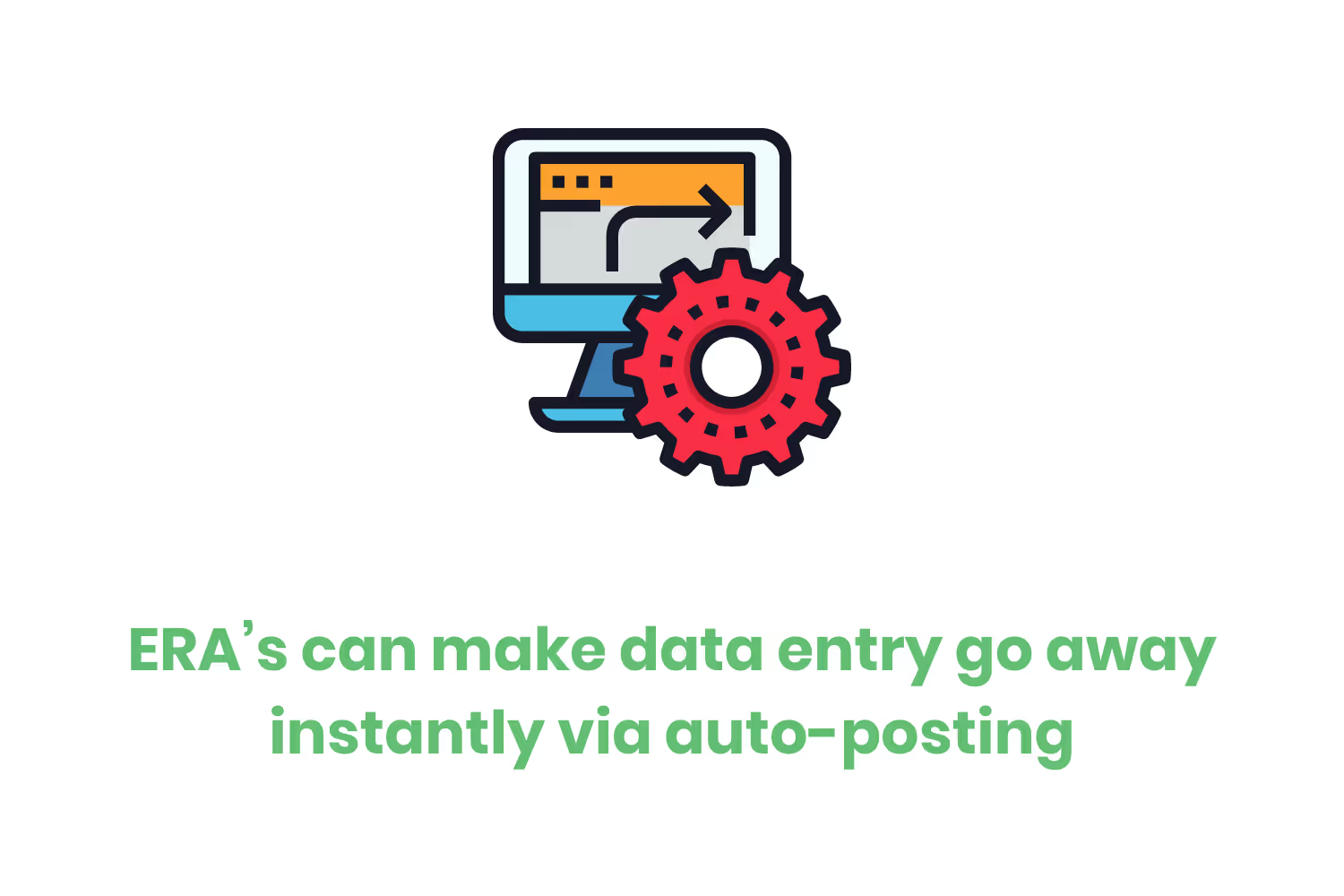
Luckily, clearinghouses (like ourselves) recognized the need to automate the data entry required after receiving an ERA. Thus, auto-posting as a feature was born.
That’s why the right clearinghouse partner makes all the difference. ERA’s can make data entry go away instantly, eliminating all of the errors associated with that manual task. But, only if you’re integrated with the right partner.
Benefit 3: Understanding of Denials
Historically, healthcare insurance providers used to have customized denial letters. If you happened to be a marketing professional working for an insurance provider and read that last sentence, it would make you excited.
You would think to yourself, “You mean I have total creative freedom over the document that we send back to providers?”
If you asked that question during the early 2000s, the answer would be, “yes”.
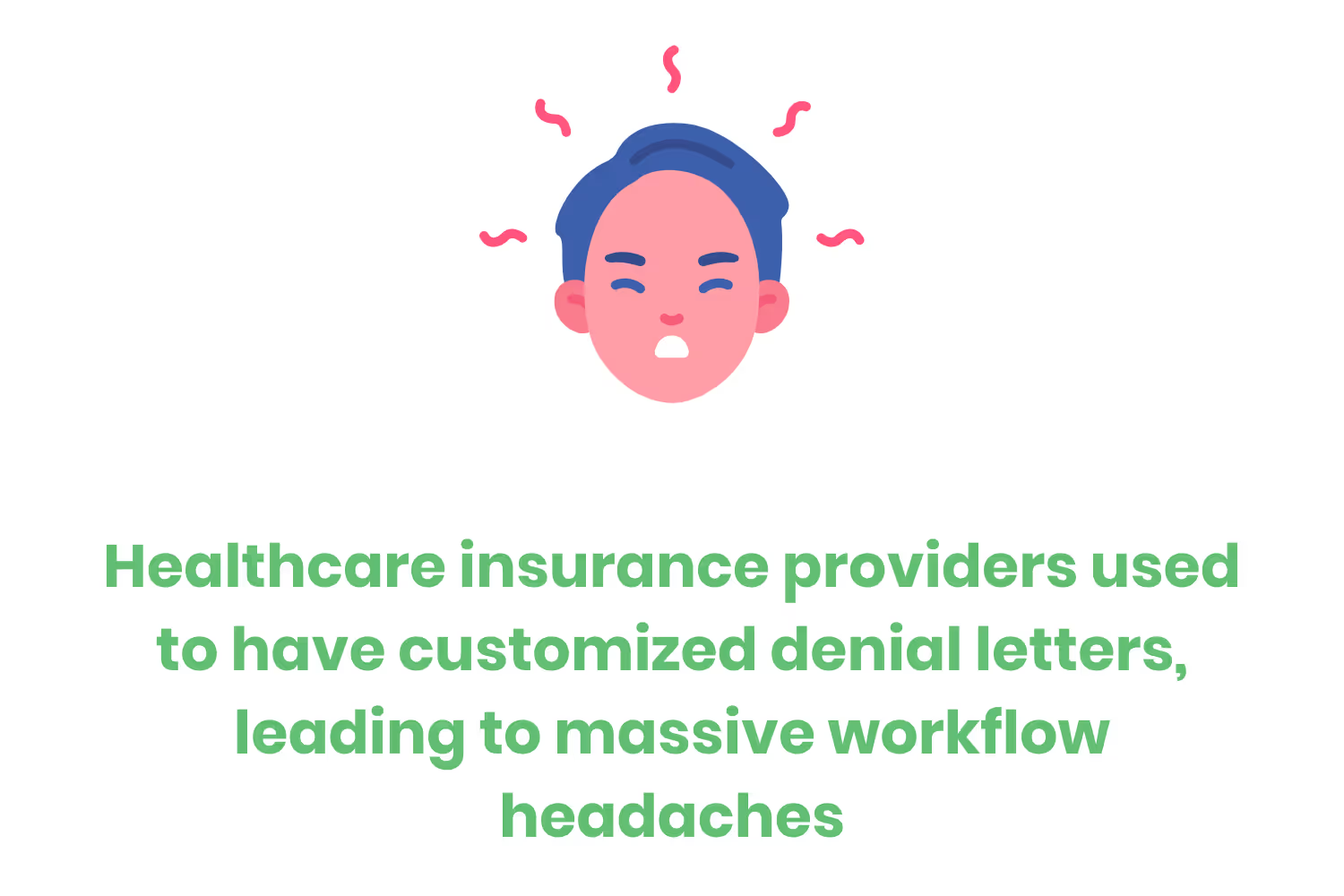
Back then, it was up to the provider to come up with a customized denial letter and their own codes.
You can imagine how difficult it was for providers to interpret the language and feedback provided by every insurance provider. If it were still the same way today, that would be almost 6,000 different denial letters based on how many providers exist today.
ERAs saved us from that alternative, tedious reality. They standardized denial letters and codes. That way healthcare providers and their workers can learn about them, understand what happened to your claim and submit appeal letters that actually work.
Benefit 4: No More Storage
If you worked within healthcare during the 90s, you remember what the lobby at doctor’s offices looked like. Behind the front desk were what seemed like thousands of patient files.
If you happen to have a photograph of the nostalgic mental picture I’m painting, show it to someone from a younger generation. They’re likely going to think that it’s an image of a library or evidence room at a police station rather than a doctor’s office.
Before you show the photo, though, just make sure the image doesn’t contain any PHI. You don’t want to have an unintentional HIPAA violation on your hands.
Anyway, the point I’m trying to make is that ERAs help significantly cut down on paper. Since it’s electronic, it’s a paperless alternative. Going paperless is something that the entire healthcare industry is making a push toward.
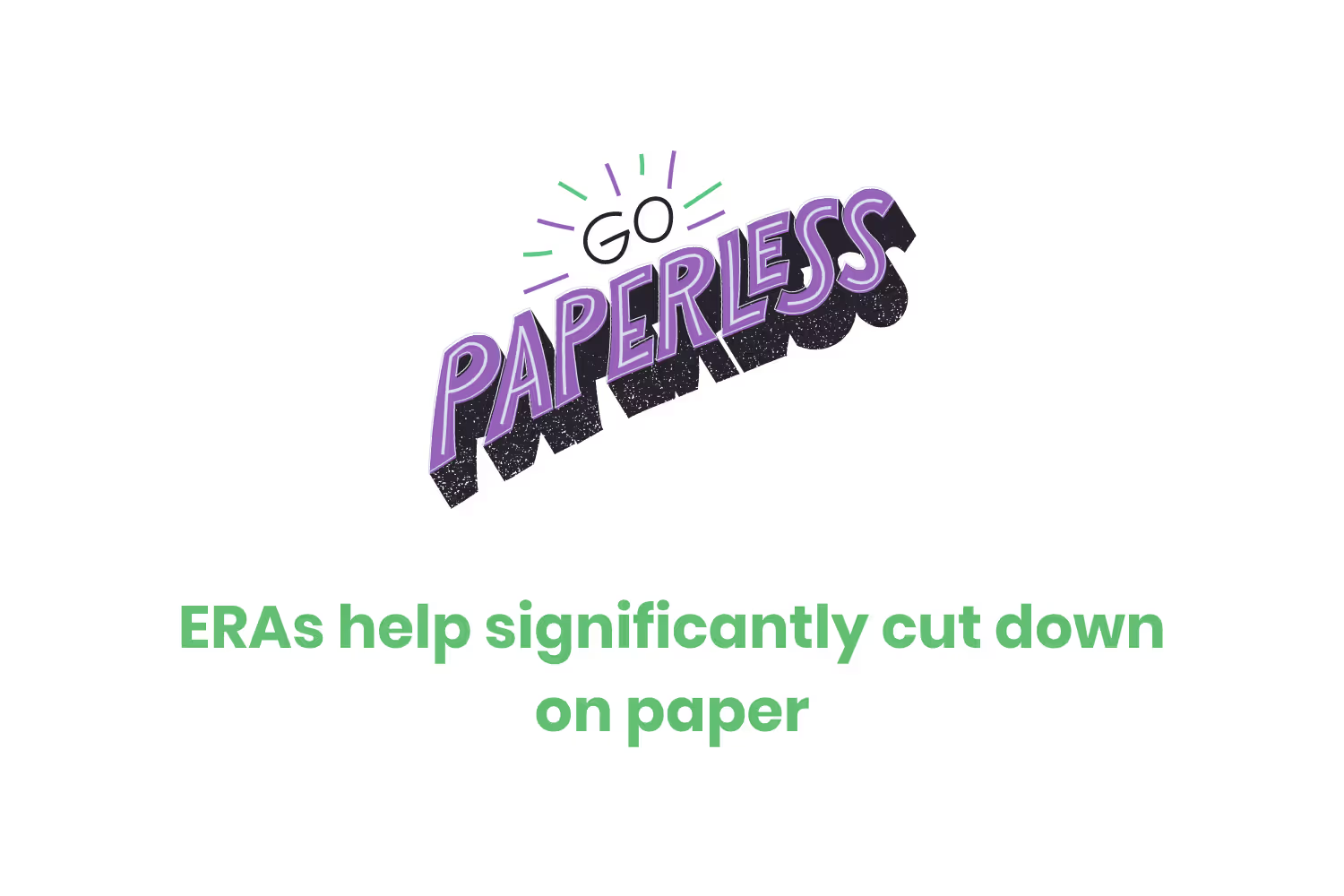
Unfortunately, though, not every insurance provider is ready to make the move toward a paperless future. Some still require paper remittances and claims.
Even though that rare scenario might present itself to you, it doesn’t harbor your organization from going paperless.
It all goes back to the right clearinghouse partner.
They should be able to identify those providers who still require paper correspondence. If you have a patient that uses one of those stubborn providers, your clearinghouse should automatically print, mail and track claim submissions, remittances and appeal letters.
Just because some of your patients have providers who require paper, doesn’t mean your organization can’t be paperless.
Benefit 5: Filing and Search Capabilities
Remember earlier when I wrote about the doctor’s offices in the 90s that had filing cabinets stuffed with patient health records? Let’s circle back on that.
I don’t know about you but I’m definitely one of those people who goes through the alphabet in my head over and over while trying to sort things alphabetically. I might be in the minority, but hopefully, you can relate on some level.
Anyway, what I’m trying to convey is that physical filing takes a lot of time. It also slows down the search for the right physical folder as well.
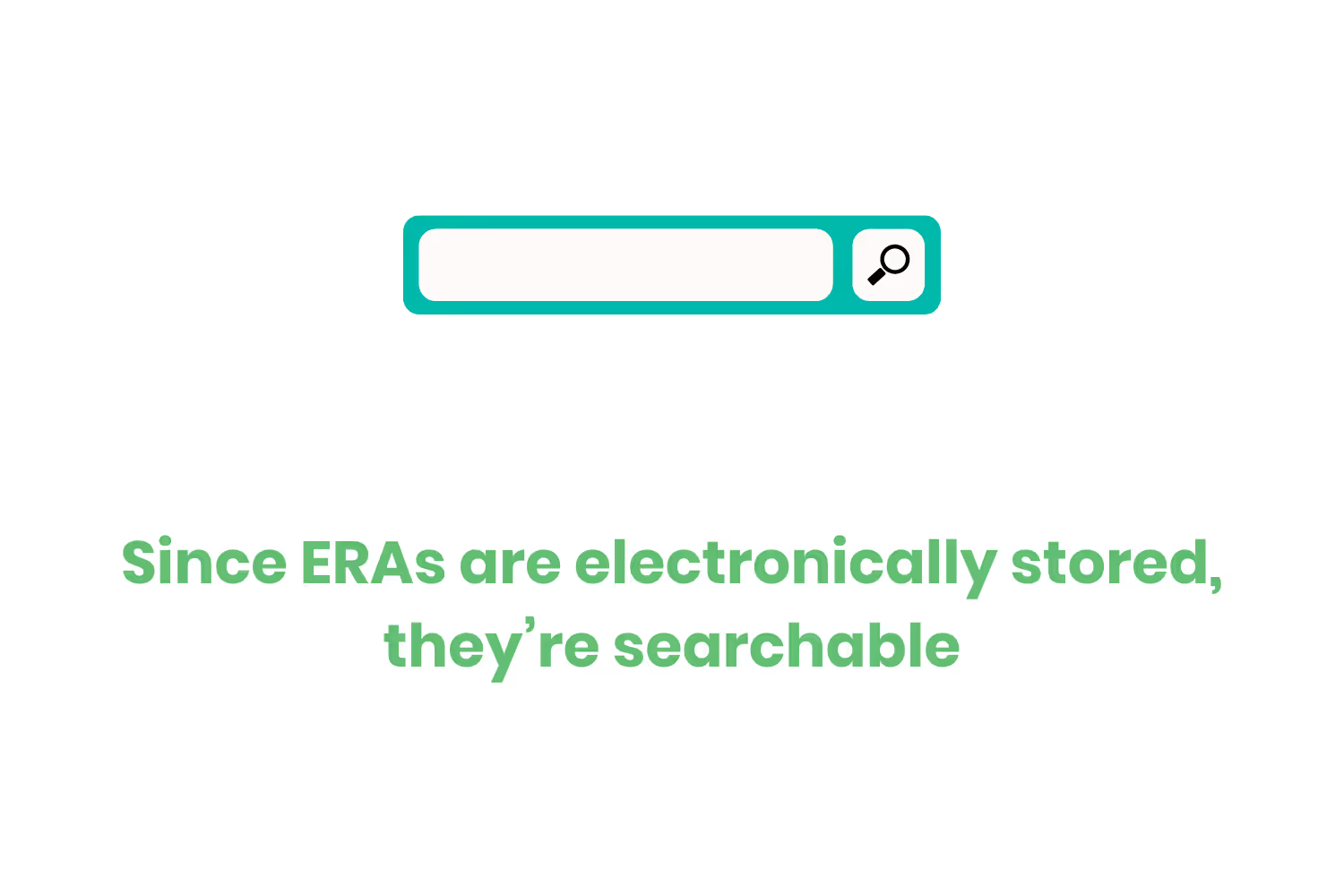
Since ERAs are electronically stored, they’re searchable. Just like how you stumbled upon this blog post by typing into your favorite search engine, you can look ERAs up within your clearinghouse.
But search capabilities extend beyond ERAs. You can also lookup reason codes across all of your most recent and historic denials. Thus, further cutting down on the manual labor involved with checking and referencing.
Conclusion
Hopefully, by the end of all of this, you not only know what electronic remittance advice is, but also why they’re so important.
I know, you received a lot more information than you asked for but it’s all necessary to know. Your question after, “What is electronic remittance advice?” was likely going to be something along the lines of, “Why is it important to me?”
Everything I listed earlier is a true benefit. They’re reasons why your healthcare organization should embrace ERAs and source an innovative clearinghouse partner.
Emphasize your product's unique features or benefits to differentiate it from competitors
In nec dictum adipiscing pharetra enim etiam scelerisque dolor purus ipsum egestas cursus vulputate arcu egestas ut eu sed mollis consectetur mattis pharetra curabitur et maecenas in mattis fames consectetur ipsum quis risus mauris aliquam ornare nisl purus at ipsum nulla accumsan consectetur vestibulum suspendisse aliquam condimentum scelerisque lacinia pellentesque vestibulum condimentum turpis ligula pharetra dictum sapien facilisis sapien at sagittis et cursus congue.
- Pharetra curabitur et maecenas in mattis fames consectetur ipsum quis risus.
- Justo urna nisi auctor consequat consectetur dolor lectus blandit.
- Eget egestas volutpat lacinia vestibulum vitae mattis hendrerit.
- Ornare elit odio tellus orci bibendum dictum id sem congue enim amet diam.
Incorporate statistics or specific numbers to highlight the effectiveness or popularity of your offering
Convallis pellentesque ullamcorper sapien sed tristique fermentum proin amet quam tincidunt feugiat vitae neque quisque odio ut pellentesque ac mauris eget lectus. Pretium arcu turpis lacus sapien sit at eu sapien duis magna nunc nibh nam non ut nibh ultrices ultrices elementum egestas enim nisl sed cursus pellentesque sit dignissim enim euismod sit et convallis sed pelis viverra quam at nisl sit pharetra enim nisl nec vestibulum posuere in volutpat sed blandit neque risus.

Use time-sensitive language to encourage immediate action, such as "Limited Time Offer
Feugiat vitae neque quisque odio ut pellentesque ac mauris eget lectus. Pretium arcu turpis lacus sapien sit at eu sapien duis magna nunc nibh nam non ut nibh ultrices ultrices elementum egestas enim nisl sed cursus pellentesque sit dignissim enim euismod sit et convallis sed pelis viverra quam at nisl sit pharetra enim nisl nec vestibulum posuere in volutpat sed blandit neque risus.
- Pharetra curabitur et maecenas in mattis fames consectetur ipsum quis risus.
- Justo urna nisi auctor consequat consectetur dolor lectus blandit.
- Eget egestas volutpat lacinia vestibulum vitae mattis hendrerit.
- Ornare elit odio tellus orci bibendum dictum id sem congue enim amet diam.
Address customer pain points directly by showing how your product solves their problems
Feugiat vitae neque quisque odio ut pellentesque ac mauris eget lectus. Pretium arcu turpis lacus sapien sit at eu sapien duis magna nunc nibh nam non ut nibh ultrices ultrices elementum egestas enim nisl sed cursus pellentesque sit dignissim enim euismod sit et convallis sed pelis viverra quam at nisl sit pharetra enim nisl nec vestibulum posuere in volutpat sed blandit neque risus.
Vel etiam vel amet aenean eget in habitasse nunc duis tellus sem turpis risus aliquam ac volutpat tellus eu faucibus ullamcorper.
Tailor titles to your ideal customer segment using phrases like "Designed for Busy Professionals
Sed pretium id nibh id sit felis vitae volutpat volutpat adipiscing at sodales neque lectus mi phasellus commodo at elit suspendisse ornare faucibus lectus purus viverra in nec aliquet commodo et sed sed nisi tempor mi pellentesque arcu viverra pretium duis enim vulputate dignissim etiam ultrices vitae neque urna proin nibh diam turpis augue lacus.




